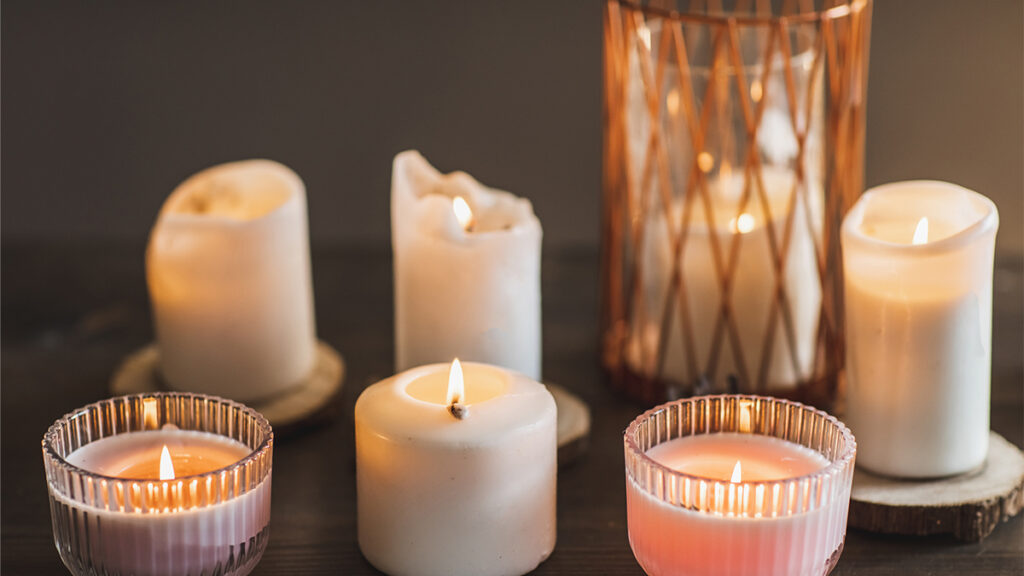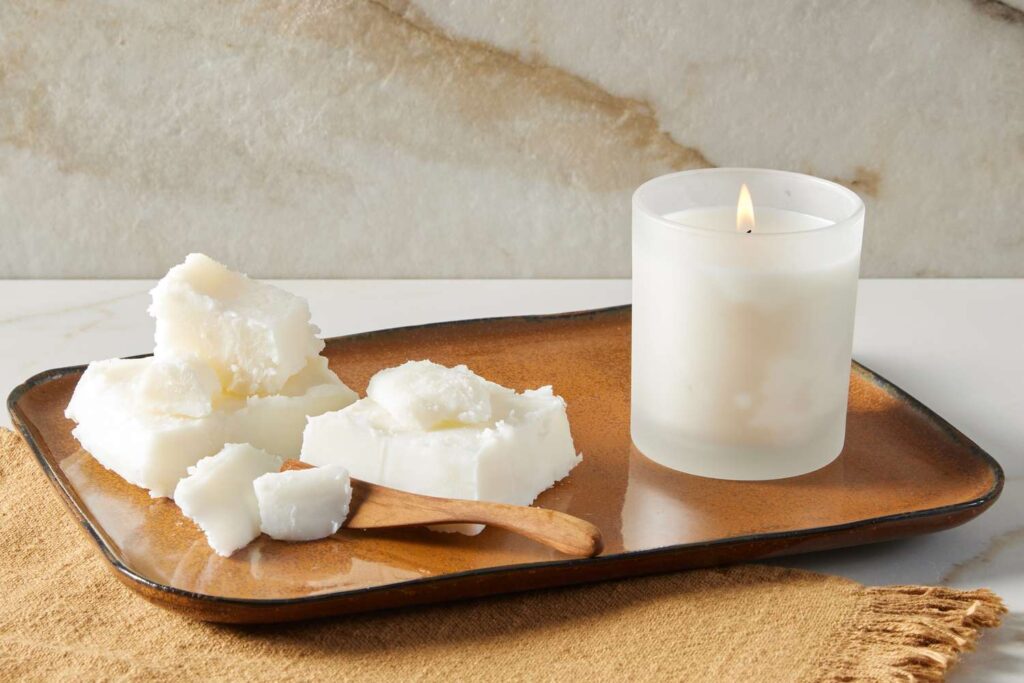Making candles at home can be a fulfilling and creative hobby. Whether you are a seasoned candle maker or just starting out, having the right candle wick supplies is crucial to achieving perfect results. From understanding the importance of quality wick supplies to the different types of wicks available, this article will guide you through the essential supplies needed for successful candle making.
Understanding the Importance of Quality Candle Wick Supplies
When it comes to candle making, the quality of the wick supplies you use cannot be overstated. Candle wicks play a crucial role in how your candles burn and perform. They determine the size of the flame, how evenly the wax melts, and even the scent throw of your candle. Using subpar wick supplies can result in uneven burn, poor fragrance release, and wicks that drown in the wax.
Investing in high-quality candle wick supplies is essential for achieving consistent and reliable results in your candle-making endeavors. Quality wicks ensure that your candles burn evenly, with a steady flame and optimal fragrance throw. By choosing the right wick supplies, you can elevate the quality of your candles and create a more enjoyable experience for yourself and your customers.
The Role of Candle Wicks in Candle Making
Candle wicks are responsible for carrying the melted wax up to the flame, where it vaporizes and burns. This process is essential for sustaining the flame and ensuring a continuous burn. The size and construction of the wick determine how efficiently the wax is pulled up and burned.
Furthermore, the material of the wick also plays a significant role in its performance. Cotton wicks are a popular choice for many candle makers due to their clean burn and minimal soot production. However, wicks made from wood, hemp, or other materials can offer unique characteristics and visual appeal to your candles.

Factors to Consider When Choosing Candle Wick Supplies
When choosing candle wick supplies, several factors come into play. The type and size of the container, the wax you are using, and the desired burn time all impact the selection of the appropriate wick. Considering these factors will help you achieve optimal burn and performance for your candles.
In addition to these factors, it’s crucial to consider the fragrance load of your candles when selecting wick supplies. Heavily scented candles may require a different type of wick to ensure that the fragrance is effectively dispersed throughout the room when the candle is burning. By carefully evaluating all these elements, you can tailor your candle wick selection to meet the specific needs of each candle you create.
Click here to read more about choosing right candle wicks.
Different Types of Candle Wicks and Their Uses
There are various types of candle wicks available, each with its own unique characteristics and advantages. Understanding the different types will allow you to choose the most suitable wick for your specific candle making needs.
When it comes to choosing the right wick for your candles, it’s essential to consider factors such as the type of wax you’re using, the size of your candle, and the desired burn time. Each type of wick offers distinct benefits that can enhance the overall performance and aesthetics of your candles.
Cotton Wicks
Cotton wicks are a popular choice for many candle makers. They provide a consistent burn and are suitable for a wide range of candle sizes and types. Cotton wicks are typically pre-waxed and come in different sizes to accommodate different container diameters. They are versatile and work well with various types of wax.
One of the key advantages of cotton wicks is their minimal mushrooming, which helps maintain a cleaner burn and reduces the amount of debris in your candle. Additionally, cotton wicks are known for their excellent scent throw, allowing the fragrance of your candle to disperse effectively throughout the room. Find more about mushrooming on https://www.ncbi.nlm.nih.gov/pmc/articles/PMC4684114/
Wooden Wicks
Wooden wicks have gained popularity in recent years for their unique crackling sound and aesthetic appeal. These wicks are made from natural wood and are designed to create a cozy atmosphere reminiscent of a fireplace. Wooden wicks are best suited for larger, glass container candles and require different considerations during the candle making process.
Aside from their visual and auditory appeal, wooden wicks offer a longer burn time compared to traditional cotton wicks. The wider flame produced by wooden wicks can also help melt the wax evenly, preventing tunneling and ensuring a more consistent burn throughout the life of the candle.
Hemp Wicks
Hemp wicks are popular among eco-conscious candle makers due to their sustainable and natural properties. They are made from hemp fibers and are free from additives and chemicals. Hemp wicks provide a clean burn with minimal soot and are suitable for smaller candle sizes.
In addition to being environmentally friendly, hemp wicks are known for their slow burn rate, making them ideal for candles that require a longer-lasting flame. The natural fibers of hemp wicks also contribute to a steady burn, reducing the risk of tunneling and ensuring that your candle lasts longer.
Essential Supplies Needed for Wick Preparation
In addition to the actual wicks, there are essential supplies you will need for wick preparation. These supplies ensure that your wicks are secure and properly positioned within the candle mold or container.
When it comes to creating beautiful and functional candles, attention to detail is key. By using the right tools and supplies during the wick preparation process, you can ensure that your candles burn evenly and cleanly, providing a delightful experience for anyone who lights them.
Wick Tabs
Wick tabs are small metal or zinc pieces that help to anchor the wick in place while the candle is being poured. They provide stability and ensure that the wick stays centered within the candle. Wick tabs are available in various sizes to accommodate different wick diameters.
Choosing the correct size of wick tab is crucial to the success of your candle-making project. Too small, and the wick may not stay in place during pouring; too large, and it may not fit properly in the container. It’s essential to match the wick tab size to the wick diameter for optimal performance.
Wick Stickers
Wick stickers are adhesive tabs used to secure the wick to the bottom of the container. These stickers hold the wick in place while the wax is poured and help to prevent the wick from shifting or moving during the cooling process. Wick stickers provide a convenient and mess-free way to attach the wick to the container.
When using wick stickers, make sure to press them firmly onto the container’s base to create a strong bond. This will prevent the wick from detaching or moving as you pour the melted wax. Wick stickers are a simple yet effective solution for keeping your wick in place and ensuring a professional finish to your candles. To read more about container’s click here.
Wick Holders
Wick holders are another handy tool for candle makers. These are small devices designed to hold the wick upright and centered while the candle wax is poured and sets. Wick holders come in various shapes and sizes to accommodate different container or mold designs.
Using wick holders can make the candle-making process more efficient and precise. They help to maintain the wick’s position throughout the pouring and cooling stages, resulting in a well-formed and visually appealing candle. Whether you are making candles for personal use or as gifts for others, wick holders are a valuable accessory to have in your candle-making toolkit.

Step-by-Step Guide to Preparing Your Candle Wicks
Now that we have covered the essential wick supplies, here is a step-by-step guide to preparing your candle wicks for successful candle making:
Cutting the Wick to the Right Length
Start by cutting your wick to the appropriate length. The length will depend on the size of the container or mold you are using. It is generally recommended to leave about half an inch of wick above the wax surface to ensure easy lighting and proper burn.
When determining the length of your wick, it’s important to consider the type of wax you are using. Different waxes have different melting points, which can affect the burn rate of your candle. For example, soy wax has a lower melting point than paraffin wax, so you may need a longer wick for soy candles to ensure a complete burn.
Priming the Wick
Priming the wick involves pretreating the wick with wax to enhance its performance and prevent any potential issues like drowning or tunneling. To prime your wick, dip it in molten wax and allow it to cool and harden before use. This will ensure a more efficient and consistent burn.
When priming your wick, you can also experiment with different types of wax coatings to achieve specific effects. For example, if you want a slower burn rate, you can use a thicker wax coating. On the other hand, if you want a faster burn rate, you can use a thinner wax coating. The choice is yours, and it can add a creative touch to your candle making process.
Securing the Wick in the Candle Mold
Once your wick is cut and primed, it’s time to secure it in the candle mold or container. Attach a wick tab to the bottom end of the wick and use a wick sticker to adhere it to the container’s base. If using a wick holder, insert the wick into the holder and position it in the center of the mold or container.
When positioning the wick in the mold or container, it’s important to ensure that it is straight and centered. A crooked or off-center wick can lead to an uneven burn and wasted wax. Take your time to align the wick properly, as this small detail can make a big difference in the final appearance and performance of your candle.
By following these steps and using the right candle wick supplies, you can be on your way to creating beautiful and perfectly burning candles. Remember, the quality of your wick supplies will directly impact the performance of your candles, so it’s essential to invest in reliable and high-quality products.

